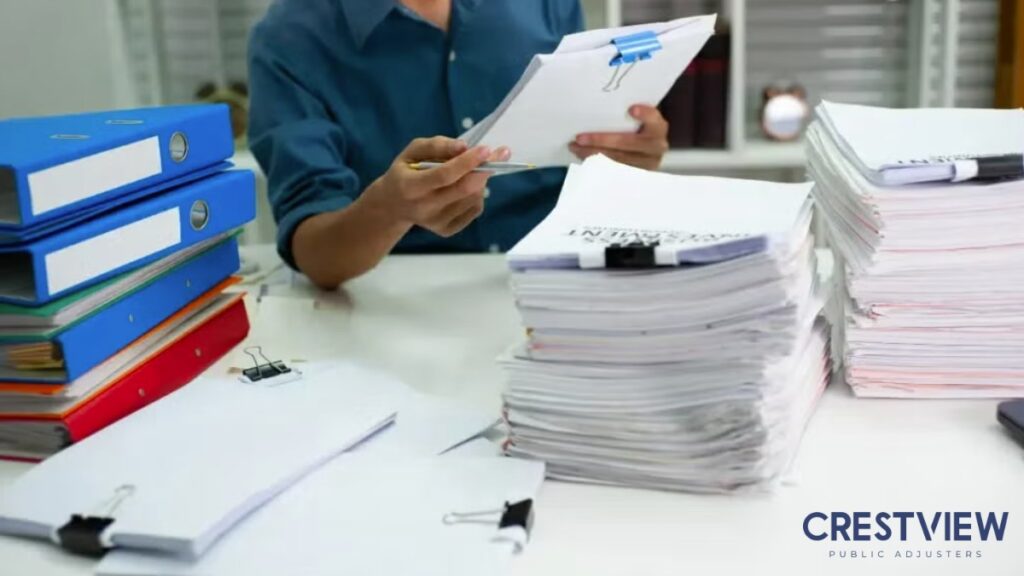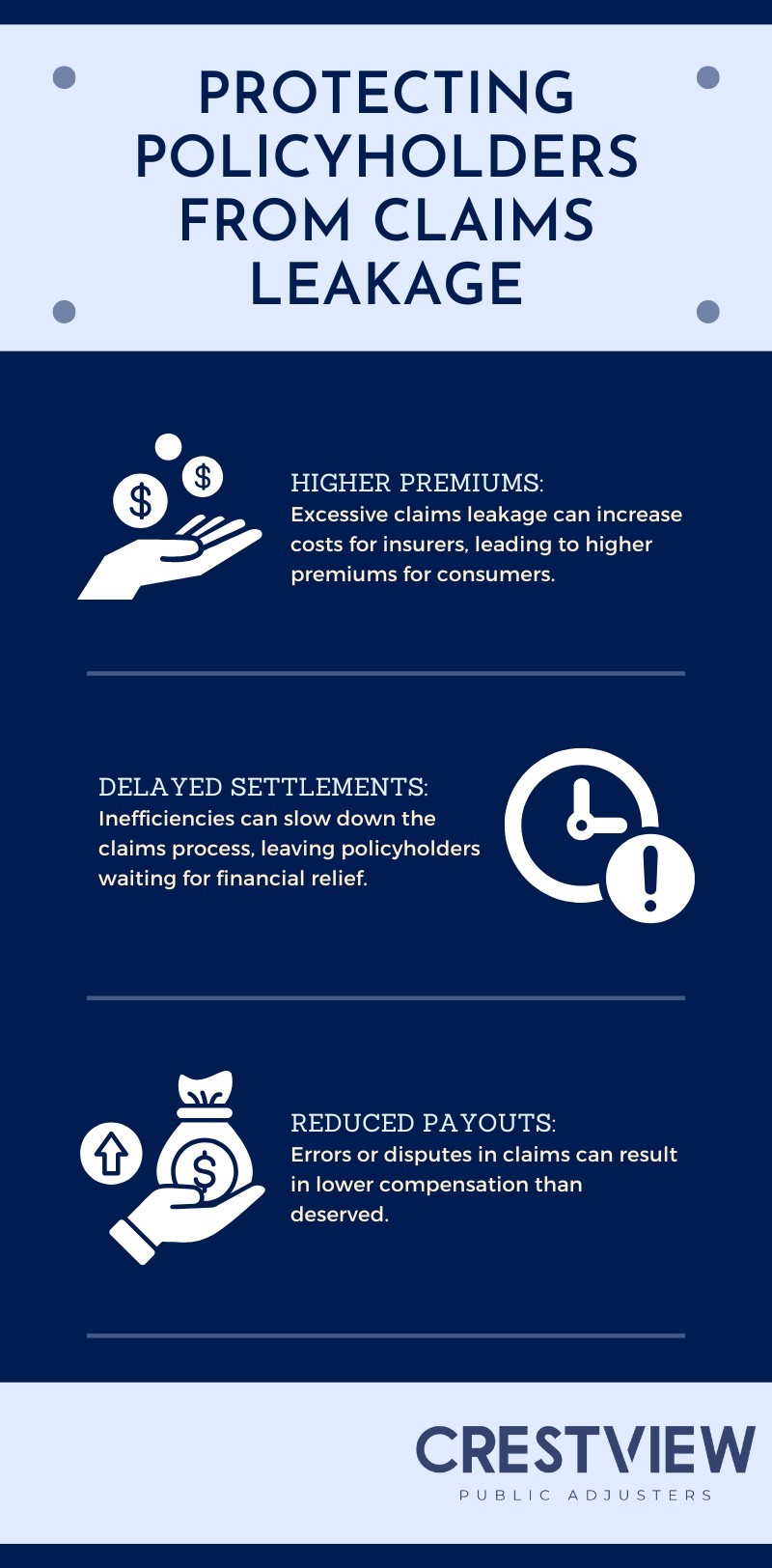Key Points:
- Claims leakage refers to the unintentional loss of funds during the claims management process.
- Common causes include documentation errors, fraud, and inefficient processes.
- Understanding and addressing claims leakage can significantly improve financial outcomes for policyholders.
Claims leakage is the financial loss that occurs when an insurance claim costs more than it should, often due to avoidable errors, inefficiencies, or fraudulent activities. These unnecessary expenses reduce profitability for insurers and can inflate premiums for policyholders.
For policyholders, claims leakage may lead to reduced payouts or delayed settlements, making it essential to understand its causes and preventive measures. By tackling claims leakage effectively, insurance companies and policyholders alike can ensure fair and accurate settlements.
Causes of Claims Leakage
Claims leakage can occur at any stage of the claims process, from reporting to settlement. Below are some of the primary causes:
Documentation Errors
Errors in paperwork or missing documentation can lead to miscalculations in claim amounts or delays in processing. For example:
- Incorrect policy details entered at the start of the process.
- Overlooked supporting evidence for claims, such as receipts or photos.
- Inaccurate or incomplete claims descriptions.
Inefficient Processes
Claims management involves multiple steps, and inefficiencies at any point can result in claims leakage:
- Poor communication between the policyholder and the insurer.
- Delays in inspections or processing times due to outdated systems.
- Lack of standardized procedures across claims teams.
Fraudulent Activities
Fraud is another significant contributor to claims leakage. Common examples include:
- Inflated repair or replacement costs submitted by claimants or third parties.
- Falsified claims for damages that never occurred.
- Collusion between service providers and claimants to overcharge insurers.
Addressing these root causes requires a proactive approach, which includes better technology, training, and oversight in the claims process.

How to Reduce Claims Leakage
Reducing claims leakage is essential for fair settlements and efficient processes. Below are effective strategies to minimize financial losses:
1. Leverage Technology
Advanced technology, like automated claims systems and AI-driven analytics, can streamline the claims process:
- Automation reduces human error in calculations and document reviews.
- AI tools detect inconsistencies or potential fraud by analyzing patterns in claims data.
- Digital records ensure all documentation is stored and accessible for easy verification.
2. Improve Claims Training
Well-trained claims adjusters are critical for identifying and preventing leakage:
- Conduct regular training on identifying fraud and managing complex claims.
- Ensure adjusters are knowledgeable about policy details and local regulations.
- Use real-life scenarios to teach best practices and effective negotiation skills.
3. Partner with Public Adjusters
Public adjusters work on behalf of policyholders to review claims and ensure fair settlements. Their expertise can reduce claims leakage by:
- Identifying discrepancies in claim valuations.
- Negotiating with insurance companies to maximize payouts.
- Providing clear and accurate documentation to support claims.
Why Claims Leakage Matters for Policyholders
Claims leakage not only affects insurance companies but also directly impacts policyholders. Here’s how:

Understanding claims leakage, policyholders can take steps to advocate for their rights and work with professionals who can safeguard their interests.
Signs of Claims Leakage
Identifying claims leakage can help policyholders and insurers address issues before they escalate. Common signs include:
- Repeated Disputes: Frequent disagreements over claim amounts or coverage details.
- Inconsistent Estimates: Significant discrepancies between initial assessments and final payouts.
- Lengthy Processes: Claims that take longer than expected to resolve due to inefficiencies.
Being aware of these signs empowers policyholders to take proactive steps, such as seeking expert assistance.
The Role of Public Adjusters in Combating Claims Leakage
Public adjusters are invaluable allies in the fight against claims leakage. They advocate for policyholders by:
- Ensuring claim valuations are accurate and fair.
- Identifying and addressing errors or inefficiencies in the claims process.
- Providing guidance and expertise to maximize settlements.
Their role is particularly beneficial in complex cases where policyholders may struggle to navigate the claims process alone.
Preventing Claims Leakage: A Shared Responsibility
Preventing claims leakage requires cooperation between insurers and policyholders. While insurers must invest in technology and streamlined processes, policyholders can contribute by:
- Keeping thorough records of damages and expenses.
- Reviewing their policies carefully to understand coverage and exclusions.
- Partnering with public adjusters to ensure fair treatment during claims.
Maximize Your Insurance Claims with Crestview
If you need help navigating the claims process, Crestview can provide the expertise you need. As experienced public adjusters in New York, New Jersey, or Florida, we work tirelessly to ensure your claims are processed efficiently and fairly, helping you avoid unnecessary losses from claims leakage.
Contact us today to secure the settlement you deserve.

